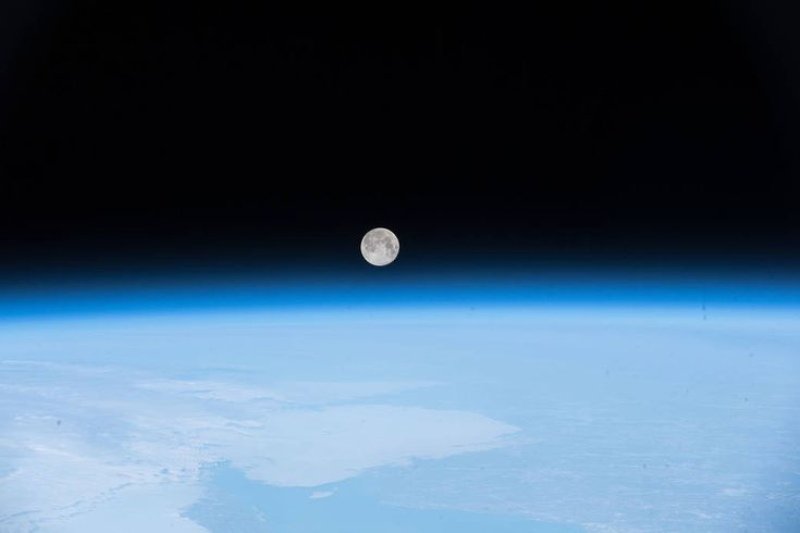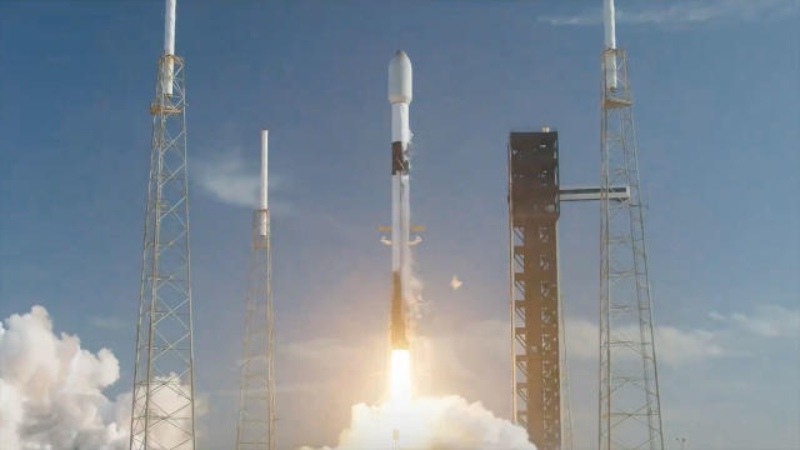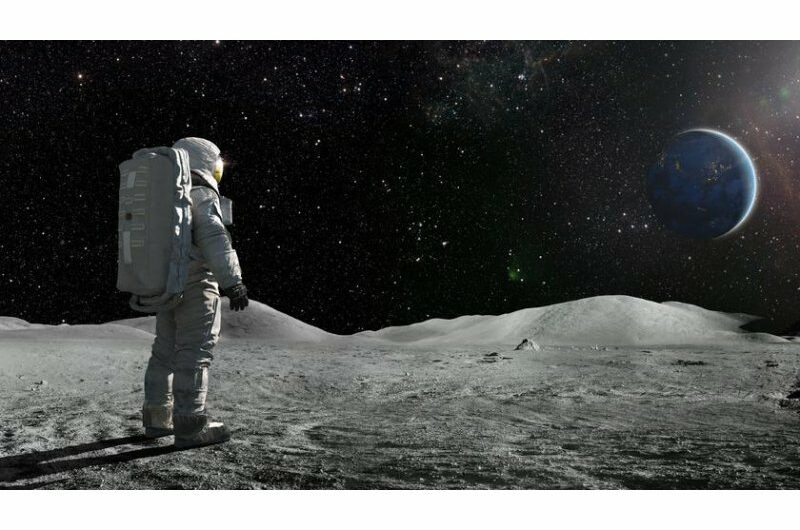Beautiful pictures of our universe are frequently taken by the National Aeronautics and Space Administration (NASA), captivating the attention of space enthusiasts. The US Space Agency’s social media accounts are a veritable gold mine for anyone who enjoys watching informative films and eye-catching pictures of Earth and space. The space agency recently posted a photo of Earth and the Moon taken from the International Space Station in a single frame.
“Our Moon is in its waning crescent phase, where most of the sunlight is illuminating its far side – the side we can’t see directly from Earth.” The image shows the Moon in its crescent phase, the Earth appearing blue with thin white clouds in the atmosphere.
The waning crescent is the last phase before the lunar cycle repeats with a “new moon” phase, where it is completely obscured from Earth’s perspective,” NASA wrote while sharing the image.
They added, “Seen from the @ISS, the Moon appears partially lit in the upper middle portion of the image. The Earth appears blue with faint white clouds in the atmosphere, stretching from the bottom left to the top right of the image. Black space surrounds the Moon.”
A few weeks ago, NASA released a photo shot from the International Space Station that showed the Moon above and the Earth’s airglow defining the planet’s horizon. On November 14, 2023, the photo was taken from the International Space Station while it was 260 miles (418 km) over the midwestern region of the United States.
NASA described the photo as “A view of Earth during orbital night from the space station.” The moon is almost exactly centered over the surface of the earth. The atmosphere above the surface of the Earth is outlined in a yellow hue by an airglow. The surface of the Earth is covered in city lights; Chicago is identified by a concentration of lights close to the horizon, and Denver is identified by a concentration of lights closer to the bottom left.”
According to NASA, airglow is the result of sunlight-excited atoms and molecules in the upper atmosphere releasing extra energy through light emission. NASA additionally
outlined how, despite their similar appearance, airglow and aurora are created by distinct mechanisms. High-energy particles from the solar wind are what propel auroras, while daily solar radiation ignites airglow.
Topics #Earth and Moon #NASA #Space station










